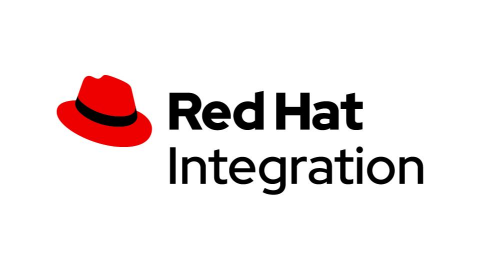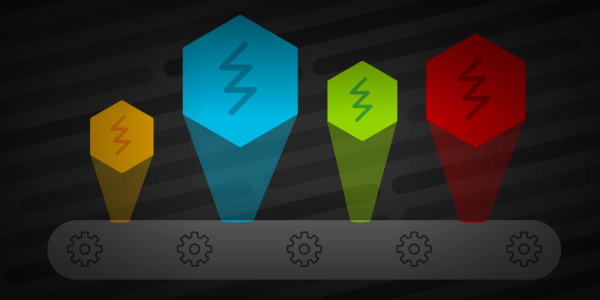Red Hat Integration
Flexible integration products to connect your applications across hybrid infrastructure.
What is Red Hat Integration?
Red Hat Integration is a comprehensive set of integration and messaging technologies to connect applications and data across hybrid infrastructures. It is an agile, distributed, containerized, and API-centric solution. It provides service composition and orchestration, application connectivity and data transformation, real-time message streaming, change data capture, and API management—all combined with a cloud-native platform and toolchain to support the full spectrum of modern application development.
Integration capabilities and components
Red Hat Integration is a suite of runtimes, frameworks, and services for building applications natively on Red Hat OpenShift. This suite is defined by five major capabilities: API management, enterprise integration, events and messaging, data integration, and tooling and metadata. These capabilities and their underlying components simplify cloud-native development that connects systems.

API management
API management refers to the processes for distribution, control, and analysis of the APIs that connect applications and data across the enterprise and across clouds. The goal of API management is to allow organizations that create APIs or use others’ APIs to monitor activity and ensure the needs of the developers and applications using the API are being met.
3scale API Management
Share, secure, distribute, control, and monetize your APIs on an infrastructure platform built with performance, customer control, and future growth in mind.
APIcast API Gateway
APIcast is an NGINX-based API gateway used to integrate your internal and external API services with 3scale API Management.
3scale Istio Adapter
The 3scale Istio Adapter allows you to label a service running within the Red Hat OpenShift Service Mesh and integrate that service with the 3scale API Management solution.
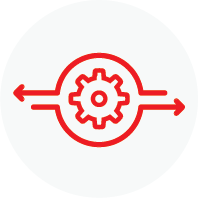
Enterprise integration
Enterprise integration encompasses the technologies, processes, and team structures that connect data, applications, and devices from everywhere in your IT organization.
Camel extensions for Quarkus
Camel Quarkus brings the integration capabilities of Apache Camel and its vast component library to the Quarkus runtime. By using Camel Quarkus, you can take advantage of the performance benefits, developer joy, and container-first ethos that Quarkus provides.
Camel K integration
Camel K is a lightweight integration framework built from Apache Camel K that runs natively in the cloud on OpenShift. Camel K is specifically designed for serverless and microservices architectures.
Fuse and Fuse Console
Red Hat Fuse is an agile, lightweight, and modern integration platform that enables rapid integration across the extended enterprise—both on-premise and in the cloud. For successful digital transformation, you need an effective, cost-efficient, adaptive, and fast way to integrate applications, data, and devices.

Events, data streaming, and messaging
Red Hat AMQ is a suite of components—based on open source communities like Apache ActiveMQ and Apache Kafka—that provides a fast, lightweight, and secure event-driven platform for cloud-scale applications, giving you a strong foundation to build modern distributed applications.
AMQ Streams
Based on the Apache Kafka project, AMQ Streams offers a distributed backbone that allows microservices and other applications to share data with extremely high throughput and extremely low latency.
AMQ Broker
AMQ Broker is a pure-Java multiprotocol message broker. It’s built on an efficient, asynchronous core with a fast, native journal for message persistence and the option of shared-nothing state replication for high availability.
AMQ Clients
AMQ Clients is a suite of AMQP 1.0 messaging APIs that allow you to make any application a messaging application. It includes both industry-standard APIs such as Java Message Service (JMS) and new, event-driven APIs that make it easy to integrate messaging anywhere.

Data integration
Data integration patterns help create a unified, accurate, and consistent view of enterprise data within an organization. This data is often dissimilar, living in different locations, and being stored in a variety of formats.
Debezium
Debezium captures row-level changes to a database table and passes corresponding change events to AMQ Streams.

Tooling and metadata
This collection of design-time, deploy-time, and runtime tooling complements your integration platform as integration best practices.
Service Registry
Service Registry is a datastore for standard event schemas and API designs. You can use Service Registry to decouple the structure of your data from your applications and to share and manage your data structures and API descriptions at runtime using a REST interface.
Related articles

APIs as a Product: Get the value out of your APIs
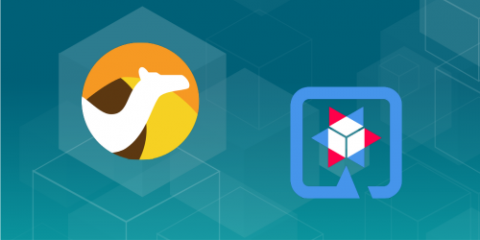
Boost Apache Camel performance on Quarkus
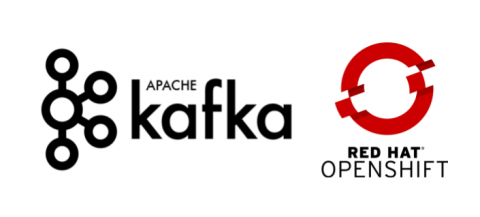
Welcome Apache Kafka to the Kubernetes Era!
